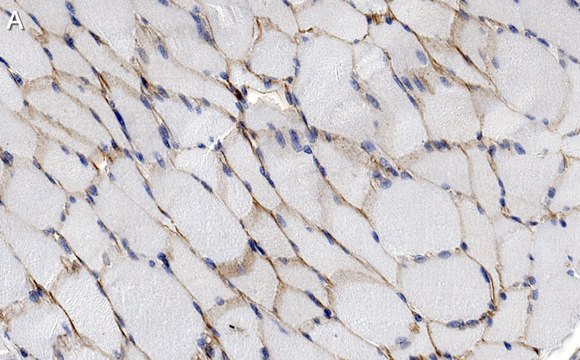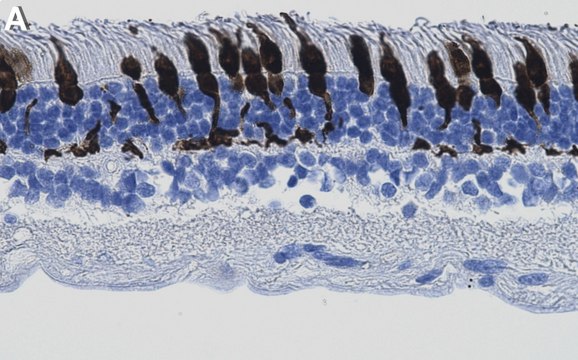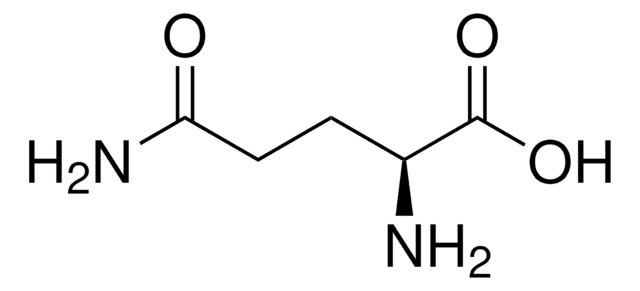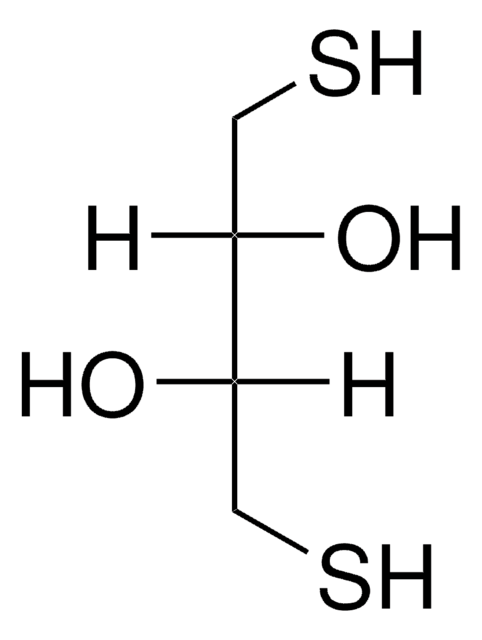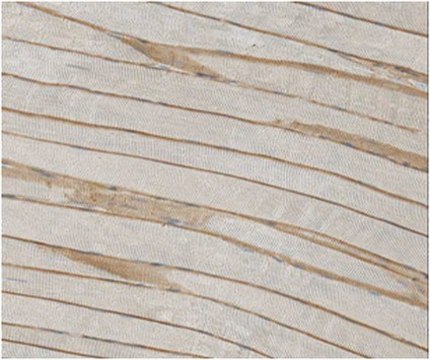推荐产品
生物来源
mouse
质量水平
重组
expressed in HEK 293 cells
偶联物
unconjugated
抗体形式
purified antibody
抗体产品类型
primary antibodies
克隆
VIA4-1, recombinant monoclonal
monoclonal
产品线
ZooMAb® learn more
表单
lyophilized
分子量
calculated mol wt 97.44 kDa
observed mol wt ~140 kDa
一般描述
We are committed to bringing you greener alternative products, which adhere to one or more of The 12 Principles of Green Chemistry.This antibody is Preservative-free, produced without the harm or sacrifice of animals and exceptionally stable to allow for ambient shipping and storage if needed and thus aligns with "Waste Prevention", "Designing Safer Chemicals" and "Design for Energy Efficiency". Click here for more information.
ZooMAb antibodies represent an entirely new generation of recombinant monoclonal antibodies.
Each ZooMAb antibody is manufactured using our proprietary recombinant expression system, purified to homogeneity, and precisely dispensed to produce robust and highly reproducible lot-to-lot consistency. Only top-performing clones are released for use by researchers. Each antibody is validated for high specificity and affinity across multiple applications, including its most commonly used application. ZooMAb antibodies are reliably available and ready to ship when you need them.
Learn more about ZooMAb here.
Each ZooMAb antibody is manufactured using our proprietary recombinant expression system, purified to homogeneity, and precisely dispensed to produce robust and highly reproducible lot-to-lot consistency. Only top-performing clones are released for use by researchers. Each antibody is validated for high specificity and affinity across multiple applications, including its most commonly used application. ZooMAb antibodies are reliably available and ready to ship when you need them.
Learn more about ZooMAb here.
特异性
CloneVIA4-1 is a ZooMAb mouse recombinant monoclonal antibody that specifically detects alpha-Dystroglycan.
免疫原
Rabbit skeletal muscle membrane preparations.
应用
Anti-a-Dystroglycan, clone VIA4-1 ZooMAb, Cat. No. ZMS1028, is a recombinant Mouse monoclonal antibody that targets a-Dystroglycan and is tested for use in Immunocytochemistry, Immunohisttochemistry (Paraffin), and Western Blotting.
Western Blotting Analysis: A 1:1,000 dilution from a representative lot detected -Dystroglycan in mouse placenta and human heart tissue lysates.
Immunocytochemistry Analysis: A 1:100 dilution from a representative lot detected -Dystroglycan in HeLa and NIH 3T3 cells.
Immunohistochemistry (Paraffin) Analysis: A 1:100 dilution from a representative lot detected -Dystroglycan in rabbit skeletal muscle and human skeletal muscle tissue sections.
Note: Actual optimal working dilutions must be determined by end user as specimens, and experimental conditions may vary with the end user
Immunocytochemistry Analysis: A 1:100 dilution from a representative lot detected -Dystroglycan in HeLa and NIH 3T3 cells.
Immunohistochemistry (Paraffin) Analysis: A 1:100 dilution from a representative lot detected -Dystroglycan in rabbit skeletal muscle and human skeletal muscle tissue sections.
Note: Actual optimal working dilutions must be determined by end user as specimens, and experimental conditions may vary with the end user
目标描述
Dystroglycan (UniProt: Q28685; also known as Dystrophin-associated glycoprotein 1) is encoded by the DAG1 gene (Gene ID: 100009278) in rabbit. Dystroglycan is a component of the dystrophin glycoprotein complex that serves as an adhesion molecule and links the extracellular matrix to the intracellular actin cytoskeleton. It is synthesized with a signal peptide (aa 1-29) that is subsequently cleaved off to generate the mature protein that is further autolytically cleaved (between 653-654) to produce alpha-dystroglycan (aa 30-653) and beta-dystroglycan (aa 654-895). Alpha-dystroglycan is an extracellular peripheral glycoprotein that binds to several extracellular matrix and synaptic proteins such as laminin, agrin, neurexin, and pikachurin. It is reported that its O-mannosyl glycosylation is required for its ligand- binding functions. Beta-dystroglycan is a single-pass type 1 transmembrane protein that plays important roles in connecting the extracellular matrix to the cytoskeleton and serves as a cell adhesion receptor in both muscle and non-muscle tissues. In the cell, beta-dystroglycan binds to dystrophin that is linked to actin cytoskeleton. Hence, alpha/beta dystroglycans act as a molecular axis connecting extracellular matrix with the cytoskeleton across the plasma membrane. Defects in O-mannosyl glycan have been linked to various congenital muscular dystrophies caused by aberrant alpha-dystroglycan glycosylation. This ZooMAb recombinant monoclonal antibody, generated by our propriety technology, offers significantly enhanced specificity, affinity, reproducibility, and stability over conventional monoclonals. (Ref.: Sudo, A., et al. (2018). Human Mol. Genetics. 27(7); 7 1174-1185; Street, RM., et al. (2012). Reproductive Sci. 19(3); 282-289; Kanagawa, M., et al. (2010). J. Biol. Chem. 285(41); 31208-31216).
外形
Purified recombinant mouse monoclonal antibody IgG, lyophilized in PBS, 5% Trehalose, normal appearance a coarse or translucent resin. Contains no biocide or preservatives, such as azide, or any animal by-products. Larger pack sizes provided as multiples of 25 μL.
重悬
Reconstitute lyophilized antibody pellet with 25μL of ultrapure water or Phosphate Buffered Saline (PBS). Please refer to our reconstitution protocol and the specific application guidance on the suggested starting dilutions and sample type.
储存及稳定性
Recommend storage of lyophilized product at 2-8°C; Before reconstitution, micro-centrifuge vials briefly to spin down material to bottom of the vial; Reconstitute each vial by adding 25 μL of filtered lab grade water or PBS; Reconstituted antibodies can be stored at 2-8°C, or -20°C for long term storage. Avoid repeated freeze-thaws.
法律信息
ZooMAb is a registered trademark of Merck KGaA, Darmstadt, Germany
免责声明
Unless otherwise stated in our catalog or other company documentation accompanying the product(s), our products are intended for research use only and are not to be used for any other purpose, which includes but is not limited to, unauthorized commercial uses, in vitro diagnostic uses, ex vivo or in vivo therapeutic uses or any type of consumption or application to humans or animals.
未找到合适的产品?
试试我们的产品选型工具.
储存分类代码
11 - Combustible Solids
WGK
WGK 1
法规信息
常规特殊物品
我们的科学家团队拥有各种研究领域经验,包括生命科学、材料科学、化学合成、色谱、分析及许多其他领域.
联系客户支持

